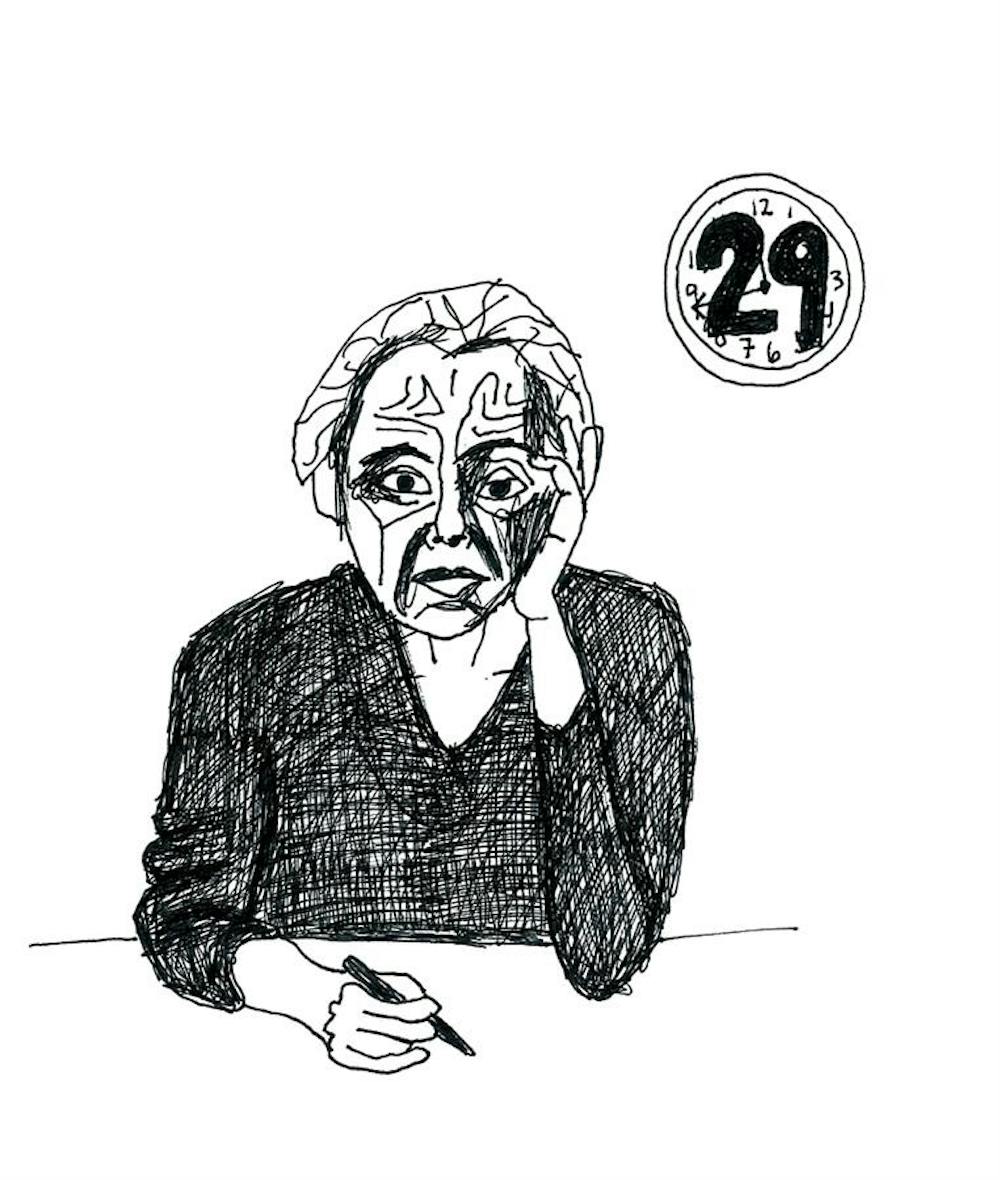Like many employers, IU is stuck between a rock and a hard place, and no amount of health care — no matter how affordable — can help.
IU has announced that thousands of part-time workers will have their weekly hours reduced to 29 hours or fewer in order to avoid additional costs to insure employees under the Affordable Care Act.
To comply with the Affordable Care Act, the University is required to offer health care benefits to any employee averaging more than 29 hours per week.
Mark Land, IU associate vice president of public affairs and government relations, has said IU already spends more than $200 million on health care, and insuring a single employee is a multi-thousand-dollar investment.
Not only have many part-time workers seen hours cut, but 50 Physical Plant employees will be laid off.
Luckily, these employees will still have jobs if they choose to transition to a company called Manpower. This employer offers benefits including health and dental plans as well as paid holidays.
While this solution works for the 50 employees currently in limbo, the University will continue running into these kinds of problems as it grows and develops. Outsourcing more and more of its workforce is not practical.
Instead, the University should reevaluate its policy in accordance with the Affordable Care Act.
Currently, IU recommends a strict 29-hour weekly limit to departments with part-time employees — a limit that is to be self-monitored by each employee in the case of multiple University jobs.
This policy is unrealistic.
The Affordable Care Act accounts for varying hour restrictions on employees depending on the measurement period.
This period of determining whether an employee is full-time or part-time is not a single week, a two-week pay period, or even 30 days.
The minimum measurement period is three months.
Setting a weekly limit of 29 hours hurts workers who are already working an average of 29 hours or fewer, but occasionally or seasonally working 30 or more hours in a given week.
Land said that in the case of the Physical Plant employees, some weeks they work 40 hours, while during others they do not work at all.
It is fairly clear that if an employee worked a 40-hour week followed by a zero-hour week, the average would be 20 hours per week for that pay period.
As students, we all know that some weeks are busier than others, and this is no different for employees all across campus.
If this much variability is occurring, IU must widen the measurement period. The current weekly limit is not an average, and it is not practical.
Under the Affordable Care Act, this measurement period can be up to 12 months with an optional administrative period that may be enacted should a large employer like IU see fit.
This would not only be beneficial to Physical Plant workers whose hours vary over the year, but also to part-time workers across the University who may not work during the summer months or may only work one semester.
IU professors ask students every week to do hundreds of pages of reading.
We only ask that administrators do their homework, too.
— opinion@idsnews.com
Follow the Opinion Desk on Twitter @ids_opinion.
Playing the numbers game

Get stories like this in your inbox
Subscribe




